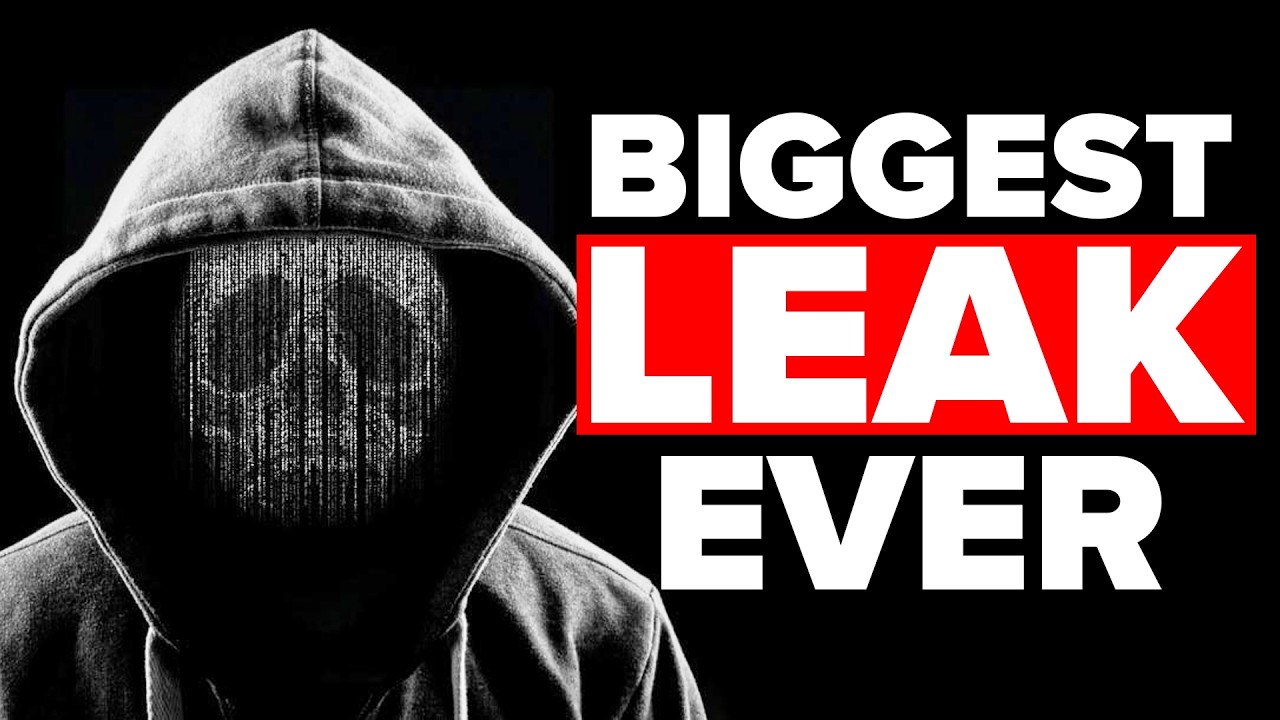The video clarifies that the headline claiming 16 billion passwords were leaked is misleading, as the number comes from a compilation of old credentials gathered from various past breaches and malware, not a new massive hack of major companies like Google or Apple. It emphasizes the importance of good cybersecurity practices such as using password managers, enabling two-factor authentication, and adopting hardware passkeys, while urging viewers to stay calm and avoid falling for sensationalized media reports.
The video addresses a recent sensational headline claiming that 16 billion passwords have been leaked in a record-breaking data breach affecting major services like Facebook, Google, and Apple. The creator explains that this headline is misleading and clickbait. The number actually comes from a compilation of previously leaked credentials gathered from various past breaches and info stealer malware attacks, rather than a single, massive new breach. This distinction is important because it means no major company like Google or Apple was recently hacked.
The video dives into the nature of info stealer malware, which is malicious software designed to harvest credentials from infected computers and send them to attackers. These stolen credentials accumulate over time from multiple sources and are sometimes compiled into large databases. While this is a real and ongoing threat, the portrayal of the situation as a fresh, massive breach is inaccurate and causes unnecessary panic among the public.
The creator criticizes major media outlets, particularly Forbes, for amplifying the misleading narrative without sufficient research. This kind of reporting can scare people into thinking their accounts have been compromised in a new breach when, in reality, the exposed credentials have been circulating for years. The video references cybersecurity experts and reputable sources like Bleeping Computer to clarify that this is not a new breach but rather a repackaging of old data.
To protect oneself, the video recommends good cybersecurity hygiene: using password managers, avoiding password reuse, and enabling two-factor authentication (2FA) with authenticator apps rather than SMS-based 2FA. The creator also highlights the growing use of hardware passkeys, which use asymmetric encryption to provide a more secure authentication method than traditional passwords. These physical devices offer a stronger defense against credential theft and account takeover.
In conclusion, the video urges viewers to stay calm and informed, avoid falling for clickbait headlines, and adopt strong security practices. The creator also plugs their educational courses on programming fundamentals and cybersecurity, emphasizing that understanding the basics is crucial for both developers and security professionals. The overall message is to be vigilant but not alarmed by exaggerated news reports about data breaches.
